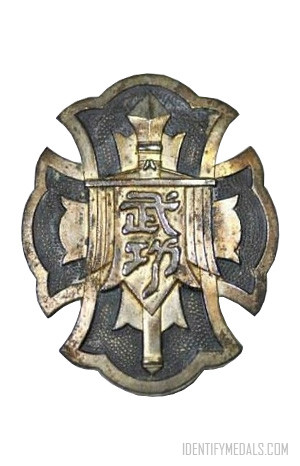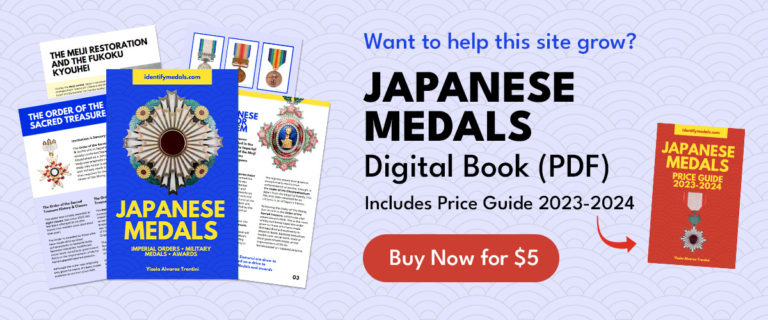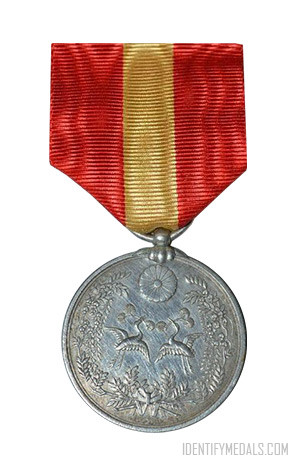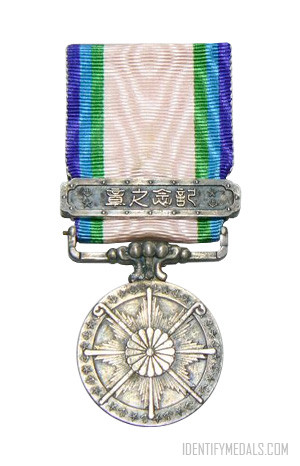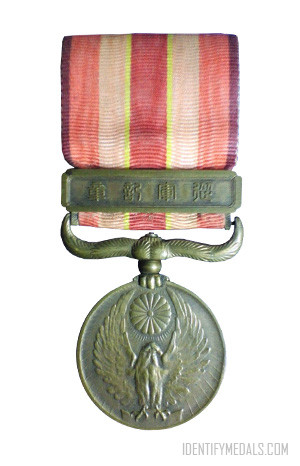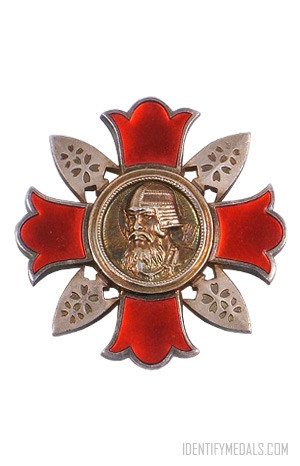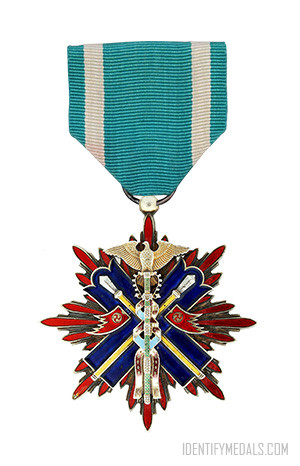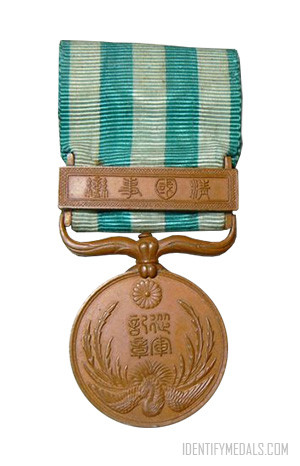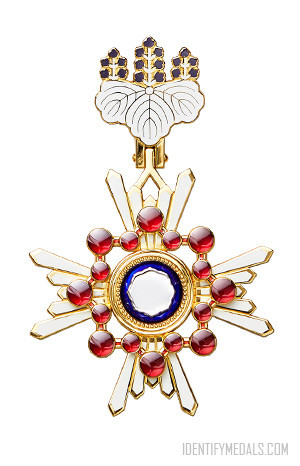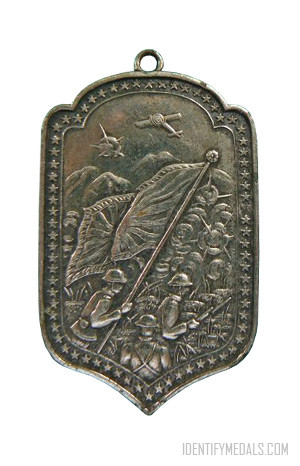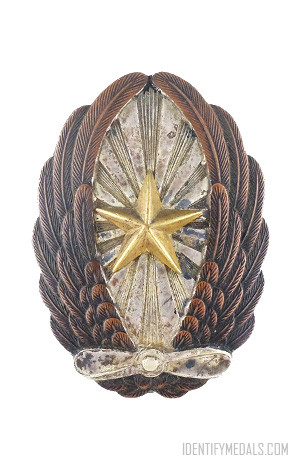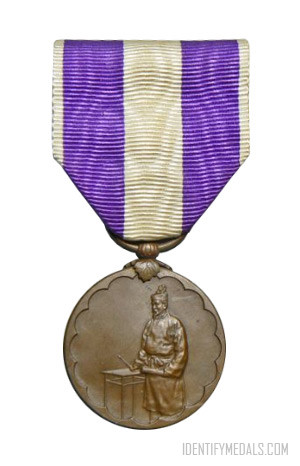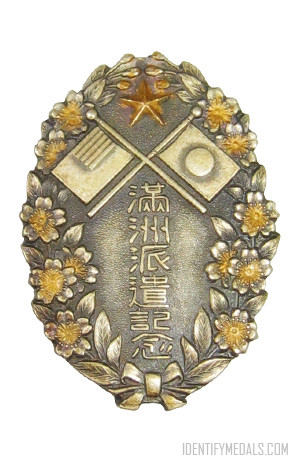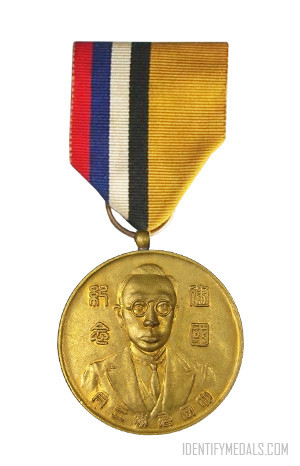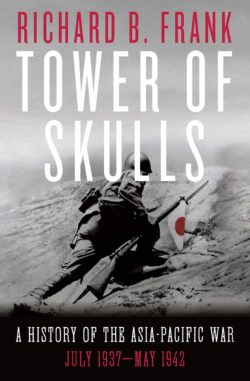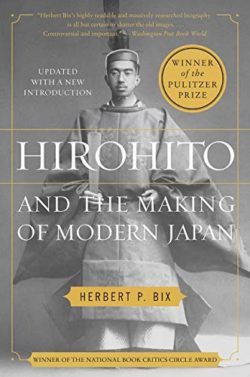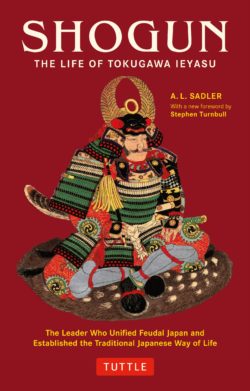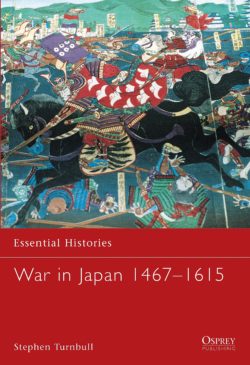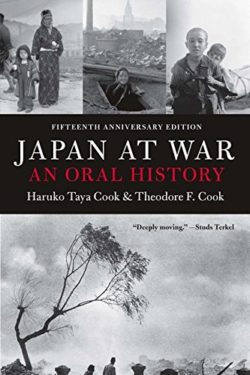Time Period: WW2
The Rikugun Bukōkishō (陸軍武功徽章 “Badge for Military Merit”), commonly called the Bukōshō, was a military decoration of the Empire of Japan established on 7 December 1944 by Imperial edict.
The medal was awarded by the Imperial Japanese Army (IJA) to living soldiers who had performed with exceptional valor in battle. Airmen, especially fighter pilots defending Japan against enemy bombers, were most likely to win the award. Eighty-nine Bukōshō were awarded during the eight months it was actively awarded.
Emperor Hirohito established the award on 7 December 1944, the third anniversary of the attacks on Hong Kong and Pearl Harbor, which had signaled the start of the broader Pacific War.
The Bukōshō was allowed to be given retroactively to soldiers who had distinguished themselves as far back as 1941 or perhaps 1940. In practice, the award was given disproportionately to fighter pilots flying against the American Boeing B-29 Superfortresses bombing the Japanese homeland.
The Bukochosho Medal Design
The Bukōshō (as it was popularly known) was presented in two classes, called A and B, or First and Second. The Bukōshō was a pin back badge, cast in iron or steel, featuring two shields (in gilt for A-Class, bronzed for B-Class) forming a cross, with a gilt banner at the center bearing the two kanji characters “Bukō” (Military Merit).
The reverse side (again in gilt for A-Class, bronzed for B-Class) bore the six kanji characters in two columns “Rikugun/Bukōchōshō” (Army/Badge for Military Merit). Both classes were the same size: 50 mm (2.0 in) high and 40 mm (1.6 in) wide.

